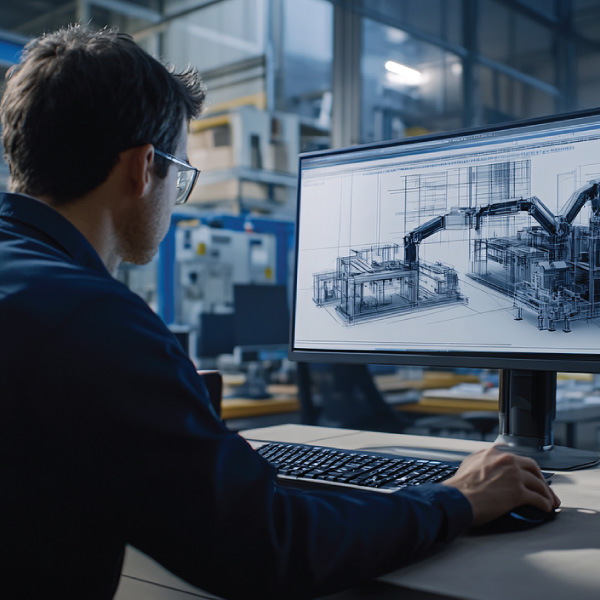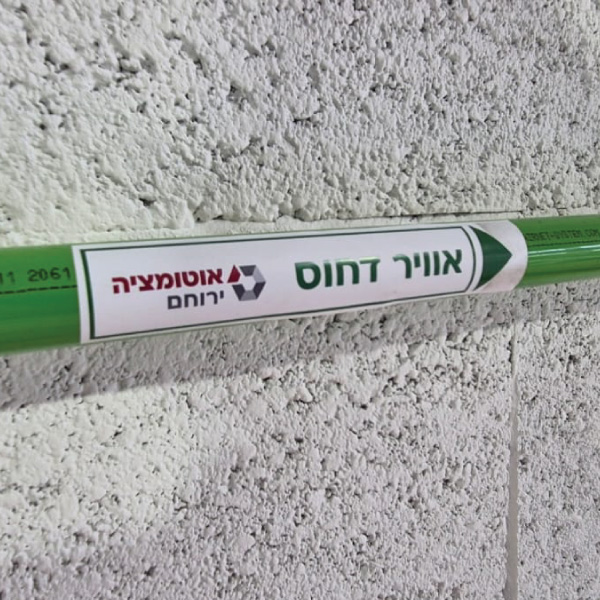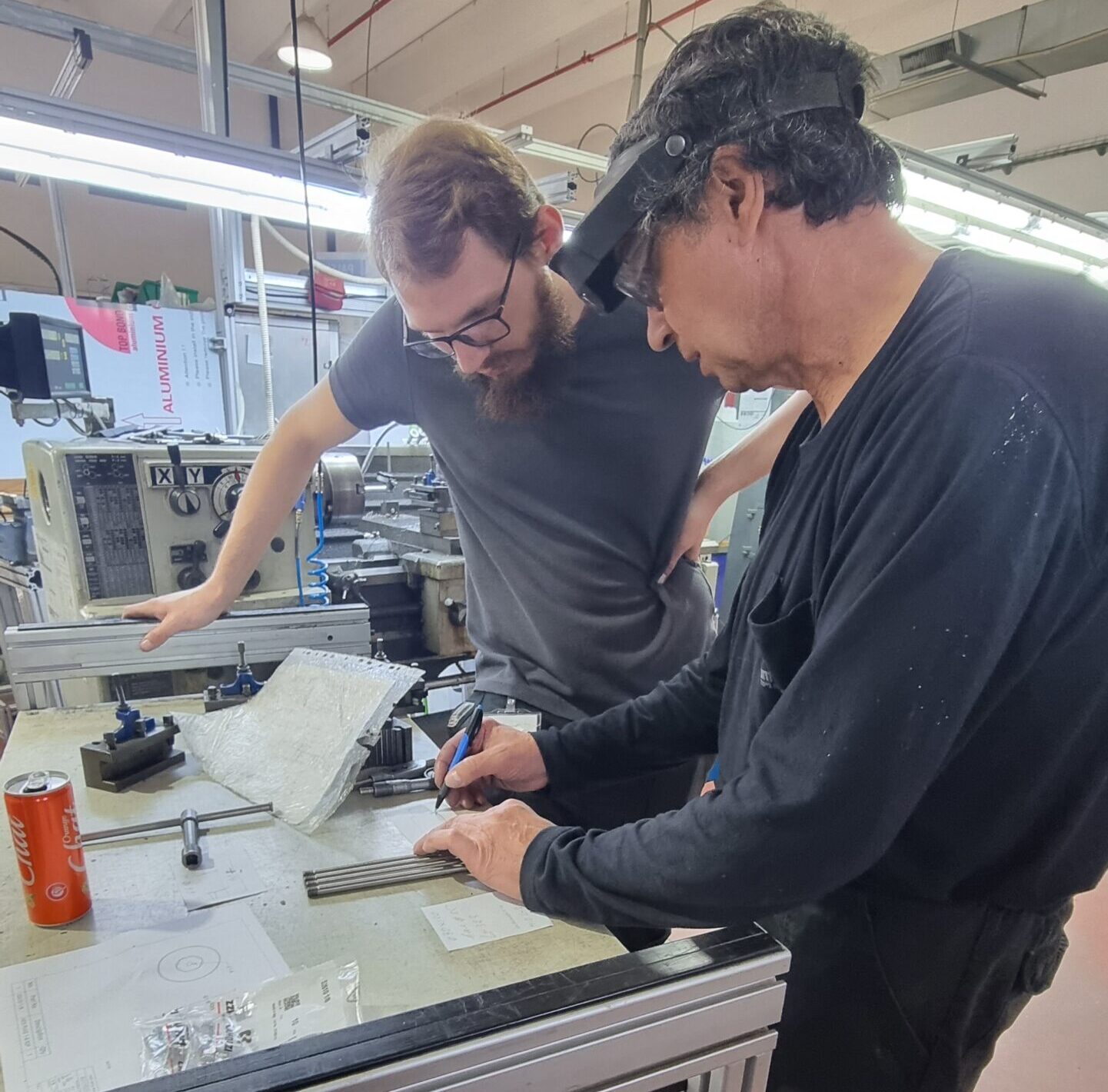In a world where uncompromising standards of safety, hygiene, efficiency, and productivity are paramount, industrial conveyor systems serve as a fundamental backbone for many sectors—especially the food and pharmaceutical industries. These systems enable smooth, precise, and sterile movement of materials and products throughout complex production processes, from raw materials to finished goods. Understanding their role, benefits, and different types is essential for anyone involved in these industries.

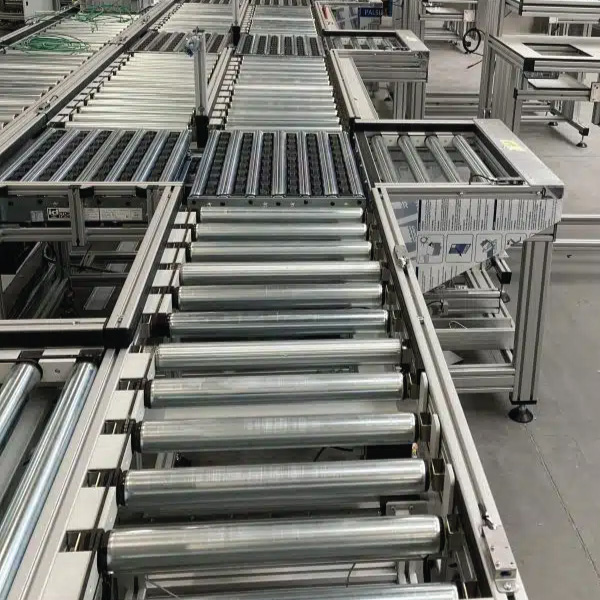
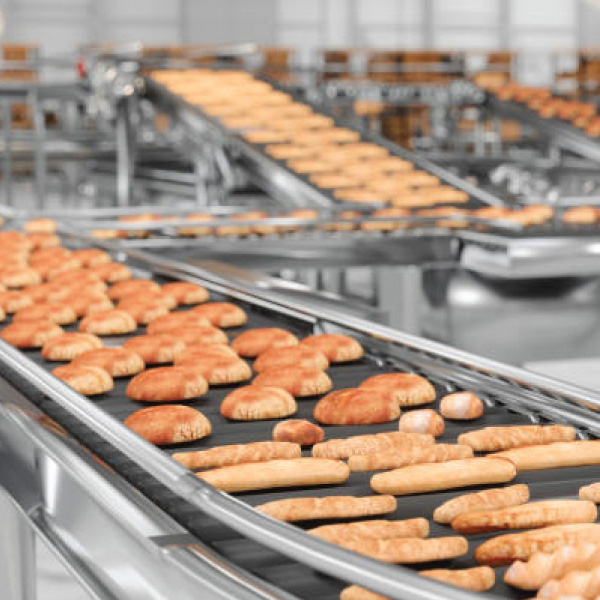
What Is an Industrial Conveyor System and How Does It Work?
At its core, an industrial conveyor is a mechanical system designed to transport materials, products, or packaging from one point to another in a continuous and automated manner. The basic principle relies on a moving belt, chain, rollers, or other components driven by an electric motor. This motor powers the drive system, resulting in consistent movement of the conveyor element that carries the product. Conveyors can be straight, curved, inclined, spiral, or vertical, tailored to the layout and needs of the production line to maximize space and flow.
The key advantages of conveyor systems lie in their ability to significantly increase operational efficiency by reducing manual labor, shortening transportation time, and eliminating production bottlenecks. In the long run, they lower costs through labor savings and reduced material waste. Additionally, conveyors enhance workplace safety by minimizing the risks associated with manual handling of heavy or hazardous items.
In sensitive industries such as food and pharmaceuticals, conveyors support strict quality control and product consistency by ensuring clean, accurate, and contamination-free movement. They maintain a continuous flow of materials, which is critical in uninterrupted manufacturing, and optimize factory space through smart, integrated routing.
Common Conveyor Types:
- Belt Conveyors: The most widely used. Feature a continuous belt (typically rubber, PVC, or other plastics) over rollers. Suitable for a wide range of products.
- Roller Conveyors: Consist of rotating rollers. Can be powered or gravity-based. Ideal for boxes, bins, and flat-bottomed items.
- Chain Conveyors: Use single or double chains running along tracks. Very robust—used for heavy loads or irregular-shaped products.
- Mesh/Wire Belt Conveyors: Made of wire mesh. Perfect for processes requiring airflow, fluid drainage, or high/low temperature tolerance.
- Slat Conveyors: Feature rigid slats attached to a chain. Suitable for heavy, hot, or uniquely shaped products.
- Screw/Auger Conveyors: Utilize a rotating helical screw inside a tube or trough. Primarily used for bulk materials like powders or granules.
- Modular Conveyors: Built from interlocking modular components, offering flexibility in configuration, cleaning, and maintenance.
Conveyors in the Food Industry
The food industry is one of the most complex and hygiene-sensitive sectors when it comes to material handling. Strict sanitation standards, the need to prevent product contamination, and the delicate nature of many food items—from fresh produce to frozen goods—make conveyors an indispensable part of every food production line.
Conveyors are used in almost every stage of food processing:
- Raw Material Reception and Sorting: Heavy-duty conveyors move fruits, vegetables, meats, or fish from delivery to initial processing stations.
- Primary Processing: Washing, cutting, slicing—conveyors here must withstand moisture and frequent cleaning.
- Cooking, Baking, Frying: Heat-resistant mesh or wire belts allow food to pass through ovens or fryers while draining excess oil or fluids.
- Cooling and Freezing: Long or spiral conveyors designed for extremely low temperatures transport products through cooling or freezing tunnels.
- Filling and Packaging: Plastic or stainless-steel modular conveyors move bottles, boxes, or bags to filling, sealing, labeling, and packaging stations with precision.
- Metal Detection and Quality Control: Integrated systems identify and remove contaminated or defective products automatically.
- Warehouse Transfer: After packaging, goods move via conveyors to cold storage or distribution areas.
Materials used must be corrosion-resistant and easy to clean, such as 304 or 316L stainless steel and FDA-approved plastics (e.g., polypropylene, polyethylene, acetal). Designs must prevent bacterial buildup—rounded edges, smooth surfaces, minimal bolts or crevices. Modular conveyors are especially popular due to their ease of disassembly and thorough cleaning.
Conveyors in the Pharmaceutical and Medical Industries
The pharmaceutical and medical device industries demand even stricter standards than food manufacturing. Here, the emphasis is on controlled environments (cleanrooms), zero contamination, maximum precision, full traceability, and compliance with stringent regulations such as GMP (Good Manufacturing Practices).
Throughout the production and packaging of medical products, conveyors play a crucial role:
- Drug Manufacturing: Tablets, capsules, vials, and solutions are conveyed between mixing, filling, sealing, and inspection stations. High precision is vital to prevent damage or contamination.
- Medical Device and Pharmaceutical Packaging: Syringes, bandages, face masks, and other sterile items are transferred to packaging and sealing machines—usually in cleanroom environments.
- Assembly Lines: For complex devices (diagnostic tools, surgical instruments), conveyors move small components between workstations, often in robotic environments.
- Laboratories: Transporting samples, containers, and tools between diagnostic machines.
- Sterilization: Conveyors resistant to heat and chemicals move items through autoclaves or UV sterilization systems.
- Quality Control and Traceability: Conveyor systems integrate with vision systems, barcode, or RFID to ensure product standards and maintain full production traceability.
- Cleanroom Compatibility: Conveyors for cleanrooms must be made from non-particle-releasing materials (e.g., polished stainless steel, clean-grade plastics) and designed to prevent dust buildup, often with sealed drive systems and air filters.
These environments demand that conveyors be:
- • Highly precise
- • Low-noise
- • Particle-free
- • Easily sanitized
• Capable of operating in extreme conditions (e.g., sterilization chambers)
Common Ground: Shared Demands and Benefits
Despite differences in the final products, food and pharmaceutical industries share similar core requirements for their conveyor systems, making these technologies ideal for both:
- Strict hygiene and sterilization requirements: Both industries rely on non-porous, rust-free, easy-to-clean materials. 316L stainless steel and special plastics support CIP (Clean-in-Place) or SIP (Sterilize-in-Place) processes.
- Accuracy and quality control: Whether dosing a medication or packaging food, precision in product movement is essential. Servo motors, smart sensors, and PLCs ensure smooth and reliable performance.
- Corrosion and temperature resistance: Exposure to water, chemicals, acids, heat (cooking, sterilizing), or cold (freezing) requires highly durable materials.
- Reliability and low maintenance: With many lines running 24/7, a conveyor malfunction can halt entire production. Reliability and easy preventive maintenance are key.
- Adaptability to diverse environments: Conveyors must operate efficiently in wet, dry, dusty, or ultra-clean settings.
- Automation and integration: Modern conveyor systems integrate with robotics, vision systems, and control software to support smart, autonomous manufacturing—minimizing human error and maximizing output.
Industrial conveyor systems are far more than transportation tools. They are strategic components that ensure quality assurance, operational efficiency, and regulatory compliance in the food and pharmaceutical sectors. Selecting the right type of conveyor, materials, and control systems is critical to achieving smooth, safe, and cost-effective workflows—helping these essential industries deliver the highest quality products to the world.

